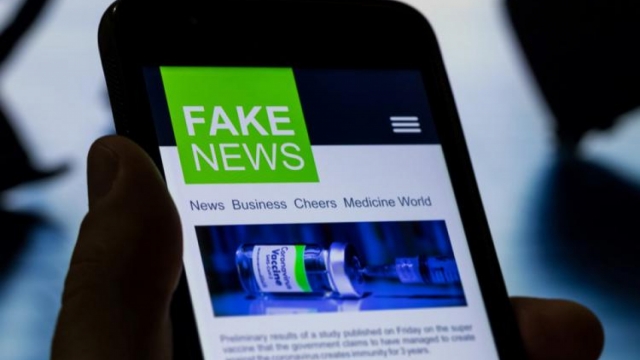Information Hygiene to Build Immunity to Vaccine Disinformation
Since the beginning of the pandemic, there has been a huge volume of misleading information and blatant conspiracy theories about the development of COVID-19 vaccines. In response, the European Union External Action Service (EEAS) has published some guidelines on ‘Building immunity to disinformation’, or how to observe information hygiene during the Coronavirus ‘infodemic’, as the World Health Organization has described it.
The ‘vaccine scare’ has been present in the undergrowth of the information space for some time, successfully exploited by disinformation actors, state and non-state. In 2018, the American Journal of Public Health published the findings of a research, indicating that over 93% of messages about vaccines posted on Twitter between 2014 and 2017 came from malicious accounts, some of which were linked to the infamous “troll factory” based in St. Petersburg, Russia.
The global pandemic has fuelled the spread of anti-vaccination disinformation. “These are highly complex topics that encourage us to seek new information… and at the same time are likely to evoke emotions of curiosity, fear, anxiety, and concern. Past research has shown that a mix of ‘novelty’ and emotions help falsehoods to spread nearly 6 times faster than the truth,” the EEAS story says. “The anti-vaccination messages can be used as a wedge issue to sow discord, exacerbate fear and social polarisation and above all, to undermine trust in health and public authorities, in science and media and in each other.”
In a separate story, the EUvsDisinfo project points out that the disinformation on COVID-19 is part of a broader narrative asserting that Russia fights the pandemic more effectively than Western democracies, boosting the credibility of the Russian-made Sputnik V vaccine and undermining that of other (Western) vaccines.
Very often such messages are built around a “kernel of truth” that make them more believable and more difficult to call out. For example, to discredit the Oxford/AstraZeneca vaccine, Russian state-controlled media took a part of a truth, namely, that the vaccine was developed using a chimpanzee viral vector, and rebranded it as “the monkey vaccine” not only to mock the vaccine producer, but also to arise fears about the safety and “purity” of the vaccine.
Lately, we saw the attention shifting to the Pfizer vaccine, with some pro-Kremlin media outlets branding it as “the shot of death”. Pro-Kremlin media engage in manipulative reporting, selecting isolated incidents of side-effects potentially related to the vaccine and conjuring an image of a major disaster. It is the art of almost not lying.
“Any kind of medicine will have side effects; a large-scale vaccination project with hundreds of thousands simultaneously getting an injection will always cause unwanted effects. These cases are noted, analyzed, studied; the methods for administering the vaccine are developed, adjusted, fine-tuned. The pro-Kremlin media distort, twist and exaggerate reports from reputable media along the “oath of deceptive disinformation”: The Half Truth, Little of the Truth and a Lot of Stuff besides the Truth,” EUvsDisinfo reports.
To build immunity to disinformation, EEAS and EUvsDisinfo both suggest observing basic ‘information hygiene’, which will also help to slow down the spread of harmful misleading information, especially on social media. Before sharing or engaging with the content, the Internet user should check the content, the author, the source and the outlet.












